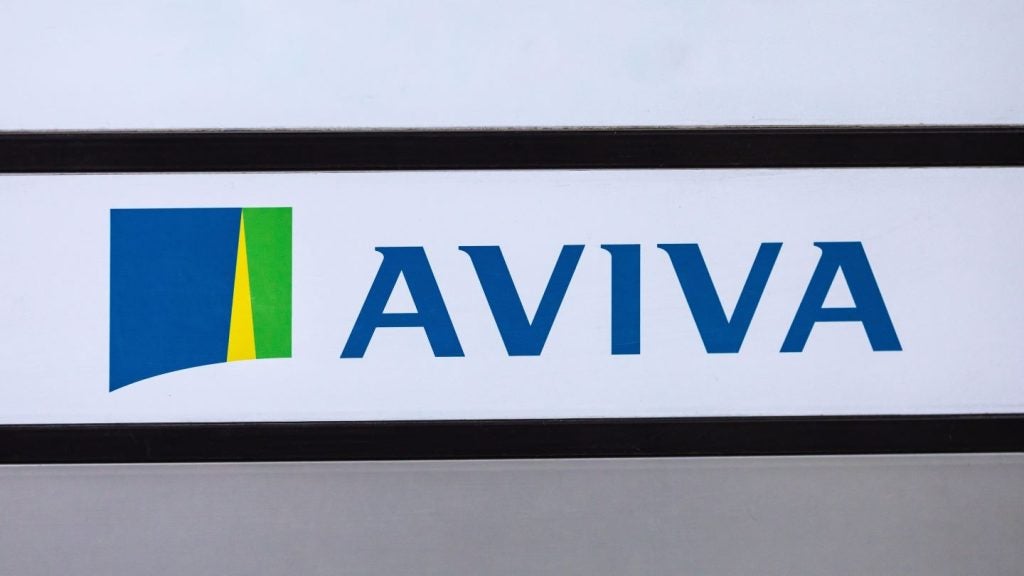MassMutual, a US life insurer known more for its focus on the
mass affluent, is making a name for itself by coming to the
assistance of those far lower down the wealth scale – the US’s
working poor – with a unique programme aimed at achieving $1
billion of free life insurance in force. Charles
Davis reports.
Free life insurance: it sounds too good to be true. However,
that’s just the point US life insurer MassMutual is driving home
with its LifeBridge life insurance philanthropy programme that is
designed to assist low-income US families and simultaneously
educate all about the need for financial planning and adequate
coverage.

Access deeper industry intelligence
Experience unmatched clarity with a single platform that combines unique data, AI, and human expertise.
Cindie St George, director of LifeBridge, told LII that MassMutual
created the programme about five years ago during a comprehensive
review of its marketing strategy. “We’ve always had a very strong
philanthropy centred around education, and so we saw insurance
coverage as a way to link that to the free insurance programme,” St
George explained. “Now, when we talk to people about LifeBridge, we
can show them how life insurance works to protect their kids’
education.”
The simple appeal of the LifeBridge programme – after all is said
and done, it’s free life insurance – has paid dividends for
MassMutual in terms of strong publicity nationwide. St George said
that LifeBridge has written free policies in nearly every state in
the country, working with community organisations such as Habitat
for Humanity, the Urban League, Boys and Girls Clubs of America and
Big Brothers Big Sisters.
For an insurer focused on an affluent customer base – the company
considers the mass affluent as individuals holding $500,000 and
more in assets and with incomes of $80,000 or more a year –
LifeBridge might seem a stretch. Not so, said St George.
“Our brand positioning is that we want to be the company that
brings financial planning to the front of mind, and LifeBridge gets
the idea of the importance of life insurance out there, and for the
rest of the market, that’s an important message,” she said. “It
also positions us as a company doing well by doing good out there,
and that is where we want to be.”

US Tariffs are shifting - will you react or anticipate?
Don’t let policy changes catch you off guard. Stay proactive with real-time data and expert analysis.
By GlobalDataSince its launch in 2002, LifeBridge has approved more than 7,900
policies nationally, St George said. That translates to more than
$397 million of free life insurance coverage in force; the
programme is expected to exceed the 8,000-policy mark within the
next few weeks. Its goal is to ultimately have $1 billion in free
life insurance in force.
MassMutual pays the premiums for all policies issued under the
LifeBridge Free Life Insurance Program. There is no out-of-pocket
cost to any covered insured or their children. Each term life
insurance policy awarded under the LifeBridge programme carries a
$50,000 death benefit. LifeBridge customers apply just like any
other insurance customer, St George said, adding that from a
distribution perspective the agent force plays a crucial
role.
“The agents see LifeBridge as a great way to spread the MassMutual
brand throughout the communities they serve, and they have been
happy to help,” St George said. “We get them in touch with
community organisations and host events where they can spread the
word about the programme.”
St George said that MassMutual is careful not to use LifeBridge as
a sales tool. Agents are given the rules of engagement, among them
being a specific instruction not to sell any other products to any
LifeBridge customer.
“For us to have the credibility we need in these communities, we
can’t be seen as selling anything,” she said. “Once we convince
people that we truly are sincere and want to give away life
insurance, then we find that the resistance goes down, so we must
be very careful.”
Not that LifeBridge does not result in the sort of goodwill that
can ultimately result in product sales. St George said that more
than once during the life of the programme, someone has called her,
complimented her on LifeBridge and then asked for a referral to an
agent.
Under the LifeBridge programme, individuals are eligible to apply
if they are aged between19 and 42; the parent or legal guardian of
one or more dependent children under the age of 18; a permanent,
legal resident of the US; currently employed full-time or part-time
with a total annual family income that is not less than $10,000 nor
more than $40,000; in good health as determined by MassMutual’s
underwriting guidelines; and the only member of the household who
has applied for the LifeBridge programme.
If an insured dies during the ten-year term of the policy, the
death benefit will be paid into a trust established by MassMutual –
the MassMutual Trust Company – for the educational benefit of the
children named by the insured. Benefits will be applied solely
toward the education of the insured’s eligible children. The
proceeds of the policy will be used to help cover school expenses,
including books, tuition and accommodation, St George said, adding
that there have been four claims thus far.
The LifeBridge programme is aimed squarely at the children of the
people who need it most. According to industry body the American
Council of Life Insurers, fewer than 18 percent of US workers at or
below the poverty level have life insurance.
“We have worked hard to make sure that the policy is absolutely
free to eligible covered participants,” St George said. “And death
benefit proceeds are federal income tax free, as with any life
insurance policy. In addition, our agents who are participating in
this programme are donating their time to serve the needs of their
communities.”
St George continued that hers is a rare job – and one with real
rewards, and not just the warm and fuzzy feeling that comes from
assisting others. “One thing LifeBridge does is set us apart from
the competition,” she said. “We are the only insurer in the
business doing this, and we really thought five years ago we would
have all kinds of competitors jumping on board, but that has not
happened.”







